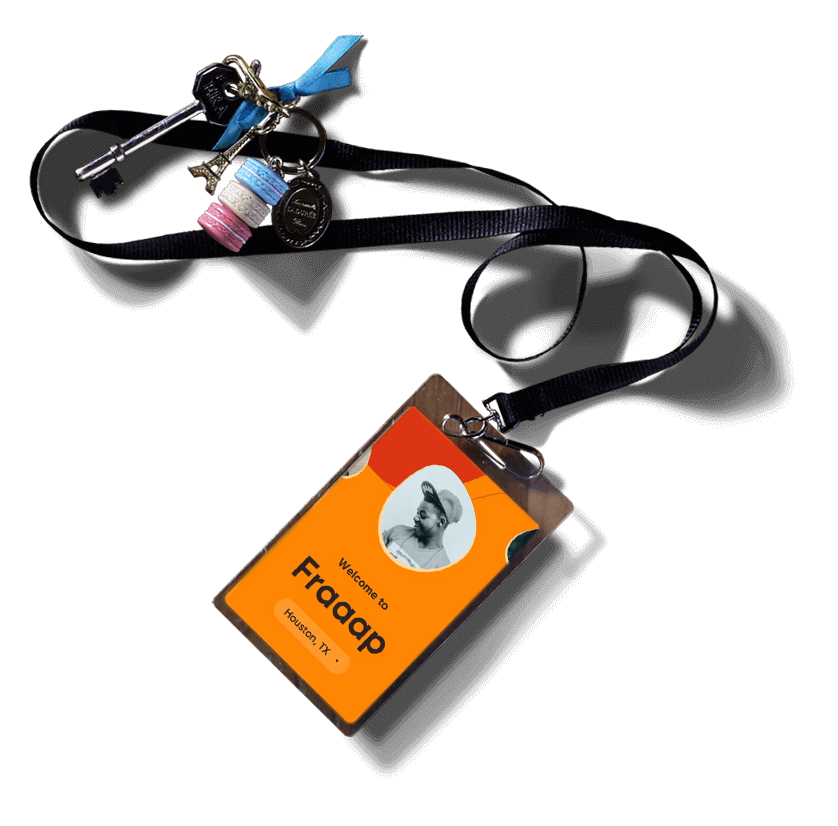To begin with, we at Global Book Writers strongly believe and encourage everyone to seek help if you’re stuck, there is no shame in asking for third party advice or expertise. Some of the most successful fiction book publishing companies and audio book services reach out for problem solving solutions all the time. Then why mustn’t you?
Simply put, if you have never published a children’s book, you should not make this decision on your own. That would be foolish. That isn’t to suggest your book isn’t fantastic; nevertheless, you should have others review it as well. Ask a renowned book publishing company to critique your book. Ask a few of your friends who are avid readers to give you their honest opinions. If you have ten or more people telling you how much they enjoy your story, you’re probably onto something. If, on the other hand, you can read between the lines (pun intended) and see that the majority of people aren’t crazy about it, maybe it’s time for a rewrite.
Keep in mind that you may have to rewrite (what is essentially the same story) 10 times before you’re satisfied. And that’s one of the advantages of children’s books: they don’t take long to write. Our team of children book writers at Global Book Writers recently finished an average-length novel that we’re currently working on getting published.
It’s also no secret that first-time authors have a particularly difficult time securing publishing deals. We’ve all heard stories about now-famous authors being repeatedly rejected by top Book publishing companies and audio book services. (J.K. Rowling’s rejection storey is undoubtedly the most well-known!).
So the real question is; How can you improve the quality of your children’s book so that it can be published?
Here are a few pointers: make sure your children’s tale checks most of the following boxes (this is the mental checklist we use:
- Does it have an “adventurous” air to it: youngsters are incredibly imaginative and inventive, so make sure your tale taps into this.
- You can easily understand how images may help support your tale: images may make or break a children’s book; if your tale doesn’t feel like something that can be easily visualised, it may be difficult to captivate young readers/listeners.
- Define your story. Is it different/unique/special/funny, or even characterful/meaningful/impactful: your tale should be half of all of these things. You shouldn’t make this judgement on your own, just like you shouldn’t decide whether it’s good enough overall. Ask other readers how they felt about it.
- It features an approachable main character (a protagonist): young children like putting themselves in the shoes of your character or characters. It’s quite simple to “lose” your tiny readers if you have too many characters buzzing around the storyline (or one that’s too difficult to “understand”). Maintain a straightforward approach. There can be more than one “unique” character in a tale, but usually only one is actively driving the plot.
- The language needs to have a flow or rhythm: your book doesn’t have to rhyme, but it does need to have some fluidity to it. We, at Global Book Writers have done extensive testing and found that books with poorer sentence grammar and less harmonic language just do not hold children’s attention as well as novels that flow smoothly. Yes, there are exceptions, but they are few.
This is extremely difficult to do right, and it is frequently the difference between a world-class children’s book and one that is simply “very good.” In Remembering Mother Nature, we spent a lot of time honing the vocabulary. For the past two decades, we’ve been composing poetry, but never for anyone other than an adult audience. We understood how to make words flow, but doing it in a way that is more straightforward and approachable is far more difficult.
